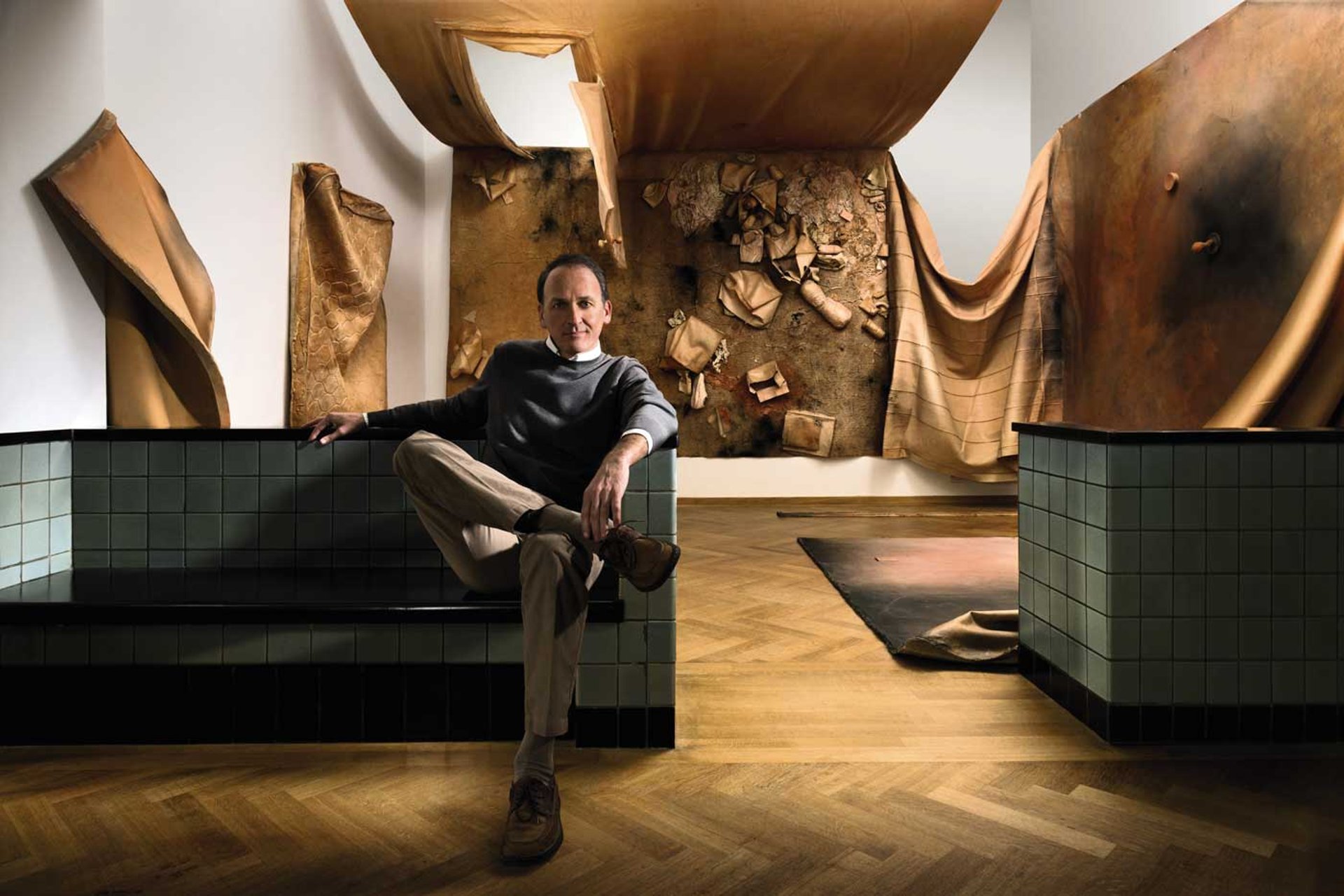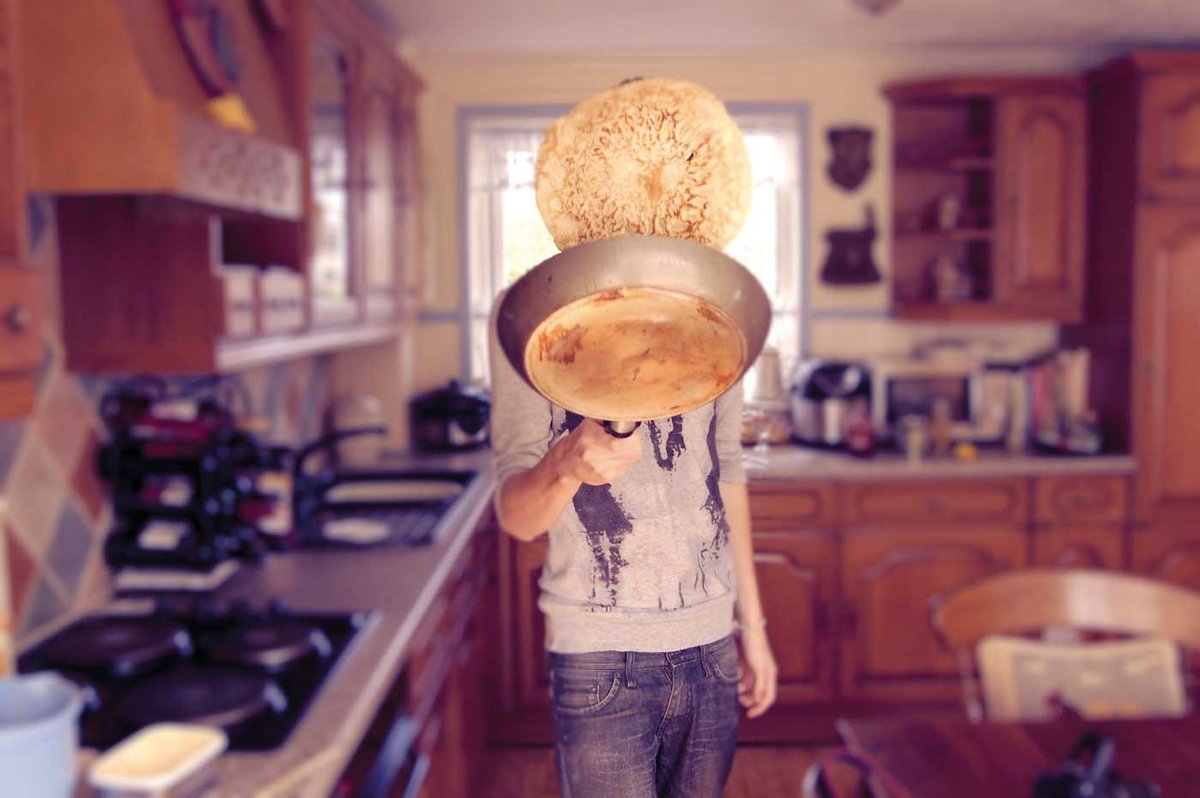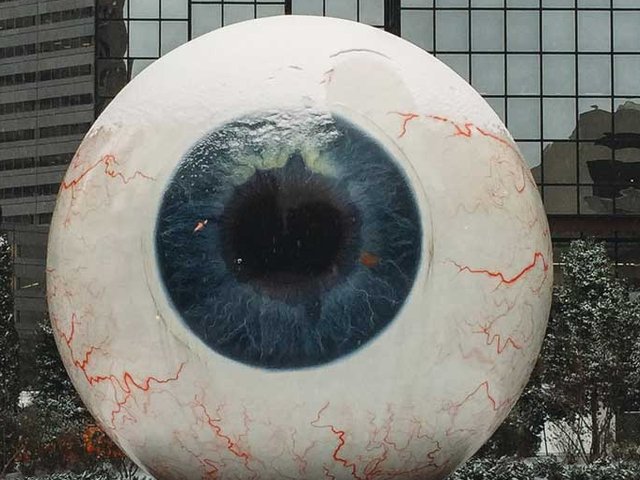In any other market, making a quick buck would be admired—and is often the point. Not so in the primary art market. The language of the market is telling. On one side are emerging artists’ dealers, who talk of “nurturing” their charges, “managing” their markets and “placing” their works in important collections. On the other side are buyers, who can struggle to understand why “speculating” and “flipping” (quickly reselling works, generally at auction) are dirty words. The contrast has created a perceived battle between connoisseurship and speculation.
The issue is not new; Gordon VeneKlasen, managing partner of the Michael Werner gallery, says that “people have been complaining about it since the 1980s”. But flipping re-entered the limelight recently when buyers including Stefan Simchowitz, a Hollywood film producer, and the entrepreneur Bert Kreuk came onto the art scene. A recent analysis by the New York Times found that flipping was “the exception, not the rule”, but Edward Winkleman, a New York-based dealer and co-founder of the Moving Image art fair, says the fact that the perception exists means that the practice is “fuelling many collectors’ decisions”.
It certainly commands headlines: not just for the money that can be made, but also because flipping takes in some of the hottest names in contemporary art (and arguably contributes to their fame). Oscar Murillo, Lucien Smith, Alex Israel and Israel Lund are all on the speculators’ radar. Lund’s abstract work Untitled (2013) sold for the fourth time in less than a year at Christie’s New York in May, increasing in value from $7,500 to $125,000.
"Publicly selling a work by a young artist that you only bought a year ago can affect their career horribly”
So what is wrong with making money from art? Dealers and other market professionals say that it creates a price volatility for emerging artists that can damage their longer-term reputations and, indeed, prices. “Publicly selling a work by a young artist that you only bought a year ago can affect their career horribly,” says the art adviser Lisa Schiff. “It ejects the content of their work.”
The collectors defend their strategies. Kreuk describes himself as a “turbo-collector” but also a “loyal collector”. He has bought around 550 works by emerging artists since 2009. “I collect a lot, and selling is part of refining,” he says. “If you want loyal collectors, you cannot dictate to or manipulate them.”
Other collectors are more sympathetic to the dealers. Eugenio Re Rebaudengo, a collector and the founder of the virtual gallery Artuner, says: “When dealers have extensive waiting lists, I don’t blame them for wanting to protect the artists and choose the best possible home for their works.”
Temptation to trade
For their part, dealers can see that the temptations of the incredibly hot—and possibly short-lived—market for certain living artists can be difficult to resist. “Even the most dedicated collector would struggle if an auction expert was telling him that a piece he bought was now worth 50 times what he bought it for,” VeneKlasen says.
Others point to the aggressive trading environment generated by the dealers themselves, whether at huge art fairs or through their multi-city galleries. Plus, Schiff says, buyers know that dealers can penalise them for reselling too quickly, which may deter them from offering a work more discreetly back to the gallery that sold it to them in the first place.
The issue is ultimately about trust and responsibility, particularly when it comes to younger artists. “The problem is when a buyer is economical with the truth,” says the gallerist Ben Brown. “[Flipping] is not necessarily bad. If you want to speculate and move markets around, that’s up to you; but it is up to me whether or not I want to sell to you.” Re Rebaudengo says: “You just have to be straightforward. If you are buying to speculate, which I personally don’t endorse, you should be transparent with the dealers involved.”
“[Flipping] is not necessarily bad. If you want to speculate and move markets around, that’s up to you; but it is up to me whether or not I want to sell to you”
Meanwhile, Winkleman says, if a small to mid-level conceptual art gallery wants to boost its cash flow by adding a few appealing, emerging, abstract artists to its roster, it should “get in on the game; it can work”.

Bert Kreuk in front of an installation Recollection Hysteria by the artist Kaari Upson gifted to the Gemeentemuseum, The Hague. Photo: Courtesy of Gerrit Schreurs
The “turbo-collector”
Bert Kreuk, who made his money from the airline packaging business Holland Sky Supplies, has recently ruffled quite a few feathers. At the heart of the issue—and of an ongoing legal battle involving Kreuk, the artist Danh Vo and the Berlin-based gallery Isabella Bortolozzi—is an exhibition at the Gemeentemuseum in The Hague (“Transforming the Known”, which closed on 29 September 2013). The show comprised around 65 works by emerging artists from Kreuk’s collection; he was its “guest curator”.
Soon after the exhibition closed, 11 works came to auction at Sotheby’s in New York. They included pieces by waiting-list artists Walead Beshty, Alex Hubbard, Oliver Laric and Vo, many of which had been made in 2011 and 2012. In January, some of the works from the show appeared in a selling exhibition—also organised by Kreuk—at the S2 gallery run by Sotheby’s in London. These included the catalogue’s cover lot, Vo’s Alphabet (B) (2011) although this did not sell and remains in Kreuk’s collection.
Dealers say the problem is that the collector had moved himself to the top of their waiting lists on the basis of the museum exhibition, but had not been open about his plans to sell the works, thus breaching an unofficial code of ethics. Kreuk says that he never said he was buying exclusively for the exhibition (he bought around 200 works), and that around half a dozen dealers contacted him directly to offer works by their artists for the show. He feels that the situation has become something of a witch-hunt, saying: “I sometimes sell quickly, but I also buy quickly. In my mind, a flipper doesn’t own much art, whereas I have around 800 pieces in my collection.”
Hans Janssen, the Gemeentemuseum’s curator of Modern art, says that the institution has worked closely with Kreuk for several years and holds him “in high esteem” as a collector. Janssen highlights the Modern works that Kreuk has given to the museum on long-term loan, including pieces by Mondrian, Cézanne and Picasso.
• Originally appeared in The Art Newspaper with the headline ‘‘Flipping: filthy lucre or sound business plan?''



